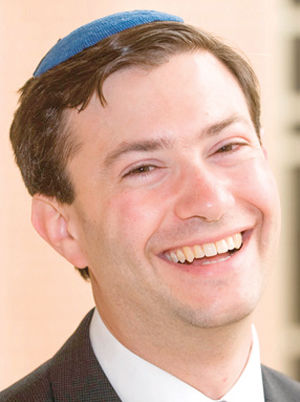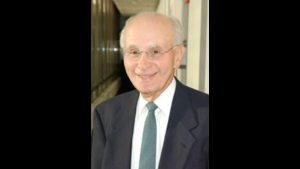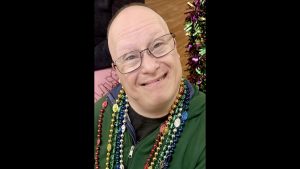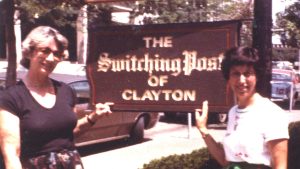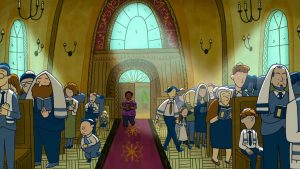We all have sacred skills (beyond goat spinning)
Published March 7, 2018
How do you spin a goat? What would it even mean to “spin a goat?” Why would one want to spin a goat?
Yet in describing all the work that the Israelites did to build the tabernacle, the Torah says, “All the women whose hearts inspired them with wisdom, spun the goats” (Exodus 35:26).
But that’s not what virtually every single English translation of this verse says. All the translations say “spun the goats’ hair.” But the Hebrew is very clear: There’s no word for hair mentioned, only goats. But because we all know that we don’t spin goats but rather we spin their hair, all the translations add the word “hair.” (Only one translation does put the word “hair” in brackets, to indicate that it’s not part of the actual text.) Some scholars do suggest that the word for “goat” in Hebrew also means or implies “goat hair,” but that’s way too neat a solution.
ADVERTISEMENT
The problem of spinning actual goats led the rabbis of the Talmud (Shabbat 74b and 99a) to suggest creatively that the women actually spun the goats’ hair while it was still on the backs of the goats: still attached to the goats. Thus, in a sense, they were actually spinning the goats. If you are curious, this specially spun goat hair was used for the second innermost of four layers of covering of the tabernacle.
But don’t go to modern (or even ancient) goat farms expecting to see goat hair being spun while still on the goats. This was among the extraordinary kinds of wisdom used during the construction of the Tabernacle, wisdom to which we no longer have access, the Talmud adds.
On the surface, this is a kind of silly piece of Torah: an overly literal reading that then requires an even more absurd explanation.
ADVERTISEMENT
But I think we can read this more deeply. First, we’re reminded that the particular word choice of the Torah matters, just like the words we choose matter in writing, speaking and even in texting.
Second, this interpretation reinforces the notion that creating the first sacred space God would ever inhabit required incredible art and skill, more than had ever been used before or would ever be able to be used again. It underlines the significance of even the second innermost layer of the covering of the structure: If that layer matters so much that it required this once-found and now-lost skill of spinning goat hair while still on the goat, how much more special must every other part of the tabernacle be?
Third, although spinning goat hair may not be something with which most of us are especially familiar, we all know what it’s like not to be able to re-create something the way our parent or grandparent did. I can never make blintzes come out like my great-grandmother’s perfect blintzes. She possessed some secret blintz skill that has been lost over the decades.
But I still remember those blintzes and long for them. What are the skills, the secrets, the understandings, the faith, that we remember seeing, but that have been lost to us, to our families or to our community?
And what will be our sacred skills and secrets that we can use for sacred purposes? If we find those things, they will become the basis for the stories that people will tell about us.
Rabbi Noah Arnow serves Kol Rinah and is a member of the St. Louis Rabbinical Association, which coordinates the weekly d’var Torah for the Jewish Light.



